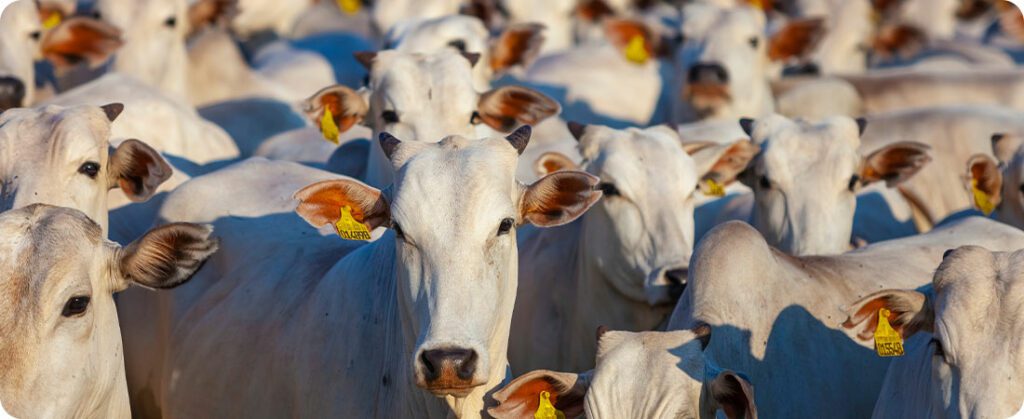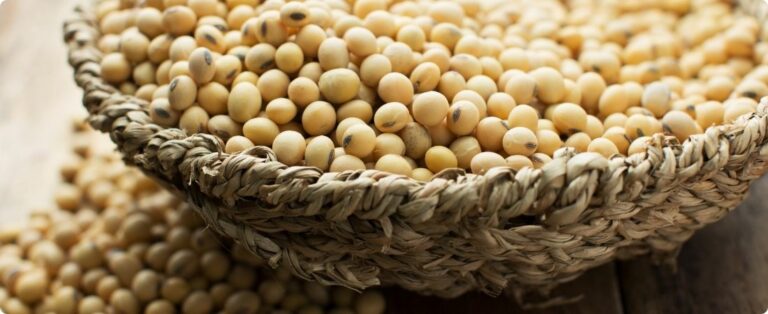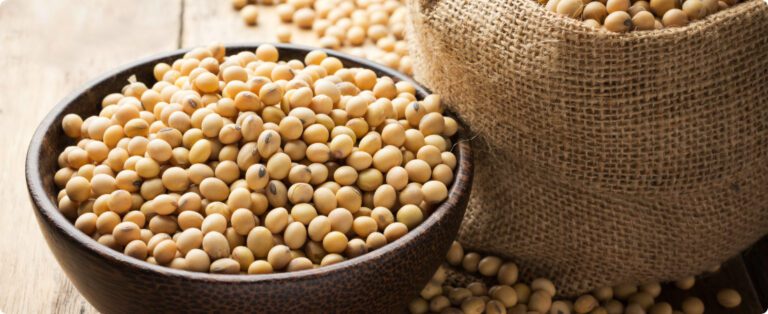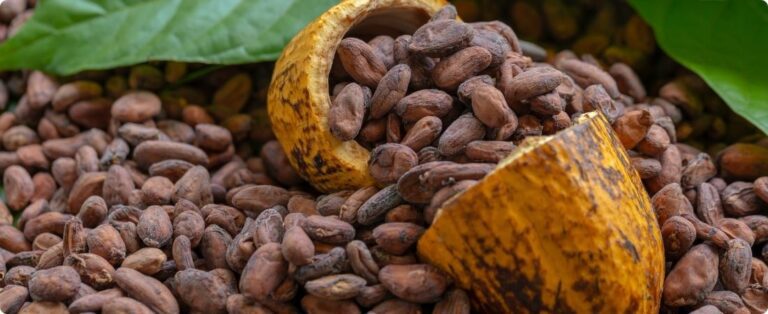
The Brazilian livestock market is increasingly aligned between the different regions, with meat and beef prices moving in a similar manner throughout the country. However, Rio Grande do Sul still has particular characteristics, influenced by both the climate and market dynamics. The withdrawal of vaccination against foot-and-mouth disease, combined with the growing capacity of industries to bring in live cattle and meat from other states, has balanced local prices. Even so, the correction of values in the national market has occurred more quickly.
Exports and domestic demand boost prices
According to Juliano Severo Leon, representative of the Market Relations Committee of the Instituto Desenvolve Pecuária, two factors are driving up beef prices: the increase in exports and the strengthening of domestic demand. China, in particular, has been increasing its volume of purchases and paying a higher price for Brazilian beef. In October 2024, exports grew 25% compared to the same period in 2023. “These numbers point to a good pace until the end of the year,” highlights Leon.
In the domestic market, the growth in the population's purchasing power, driven by government strategies in a pre-election year, also contributed to the rise in beef prices. However, Leon warns of the risk of losing competitiveness against other proteins, such as chicken, as beef prices move away from others. “We are entering the second half of the month, when sales tend to weaken naturally, which could put pressure on prices,” explains Leon.
Impact of climate conditions in Rio Grande do Sul
In Rio Grande do Sul, producers have been facing adverse weather conditions since the beginning of the year, which has affected the supply of quality cattle. With the reduction in the influx of meat from other regions, local industries are more dependent on producers from Rio Grande do Sul. “The local market is following the rise in prices in other states, especially due to the shortage of animals ready for slaughter,” says Leon.
Increased replacement prices and limited supply of females
Replacement prices are also rising, although at a slower pace than those for fed cattle. The removal of cattle from pastures has resulted in a one-off supply, and feedlots and winterizers are willing to pay higher prices, betting on the prospect of future improvement in sales prices. “I don’t believe that the price correction for replacement will be as fast as for fed cattle, but this adjustment will happen gradually,” emphasizes Leon.
Another factor highlighted by Leon is the lower supply of females on the market, reflecting a reversal in the livestock cycle. This shortage, together with the low availability of quality steers, increases the expectation that prices will remain high in the Rio Grande do Sul market in the coming months. “Starting on November 20, with the start of the 13th salary payment, demand in the domestic market tends to gain strength. This could sustain the current optimism,” predicts Leon.
Caution with consumption capacity
Despite the optimistic outlook, Leon is cautious. “There is concern about how far consumers will tolerate rising meat prices. This is an important issue that needs to be monitored closely,” he concludes.
Thus, the cattle market in Rio Grande do Sul remains valued, with positive expectations for the end of the year, driven by external and internal demand, and the low supply of cattle for slaughter.
Source: Notícias Agrícolas















